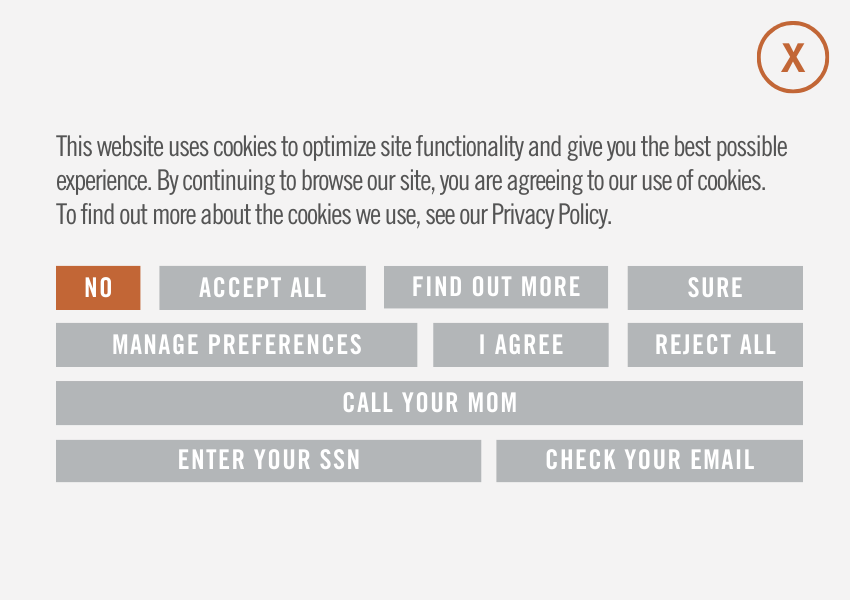Developing Medical Technology Buyer Personas
Medical technology companies face the great challenge of appealing to the unique needs of the various types of buyers within the healthcare field. Overcoming this challenge requires medical technology vendors to know their target audience and understand the specific priorities of the three most common groups of buyers: physicians, executives, and purchasing professionals. Below is a summary of the priorities of each of these groups and the key elements to include when developing medical technology buyer personas.
Physicians
Physicians evaluate medical technology through a patient care lens, seeking a product that will enhance their ability to provide the highest-quality care to their patients. The amount of decision-making power that a physician has depends upon whether the physician is employed by a large health care provider or a member of a small independent physician practice. Physicians who have ownership in a small private practice often make the majority of major purchases for their facility. Top priorities for physicians include the following:
1) Cutting-edge medical technology to improve patient diagnosis and care
2) Technology that is easy to learn and user-friendly
3) Products that have a reputation for being durable and problem-free
4) Technology to facilitate record-keeping and research
In light of these priorities, medical technology representatives must incorporate the need for utility and ease of use when developing buyer personas for physicians. Most important, content must stress physicians’ desire to know how the technology will advance the quality of patient care.
Executives
Executives often have the most decision-making authority. Compared to physicians and purchasing professionals, they tend to evaluate medical technology through more of a long-term profitability lens. They have the authority to authorize large capital equipment requests and high-ticket technology purchases. Examples of executives who may be involved in buying decisions include Chief Financial Officers (CFOs), Chief Medical Officers (CMOs), and Chief Hospital Administrators. Key priorities for executives are as follows:
1) Technology that will lead to increased profitability for their organization
2) Products to increase the operational efficiency of a medical facility
3) Technology that is compliant with industry standards and regulations
With these priorities in mind, developers of buyer personas for executives must emphasize the short-term and long-term profitability that medical technology can bring to a healthcare organization. Additionally, buyer persona content for executives should reflect executives’ desire for operational growth.
Purchasing Professionals
Purchasing professionals often serve as the direct point of contact for medical technology vendors. They frequently contact medical technology firms at the request of physicians or executives who are interested in acquiring the technology. Top priorities for purchasing professionals include the following:
1) Price — purchasing agents will often make decisions based purely on price.
2) Obtaining a specific number of vendor quotes (often three) before proceeding with a purchase.
3) Flexible (lengthy) payment terms.
Buyer personas for purchasing professionals should be highly cost-conscious and focused on securing generous payment terms. The need for timely receipt of quotations is also a consideration, as purchasing agents often must obtain final approval from chief executives.
Enlist Expert Support in Buyer Persona Development
Developing medical technology buyer personas for physicians, executives and purchasing professionals is best achieved with the guidance of an industry expert. To help you get started developing your own personas, grab your copy of our Inbound Marketing Checklist. This is your guide to putting your lead generation campaigns into overdrive and rolling in qualified leads.







